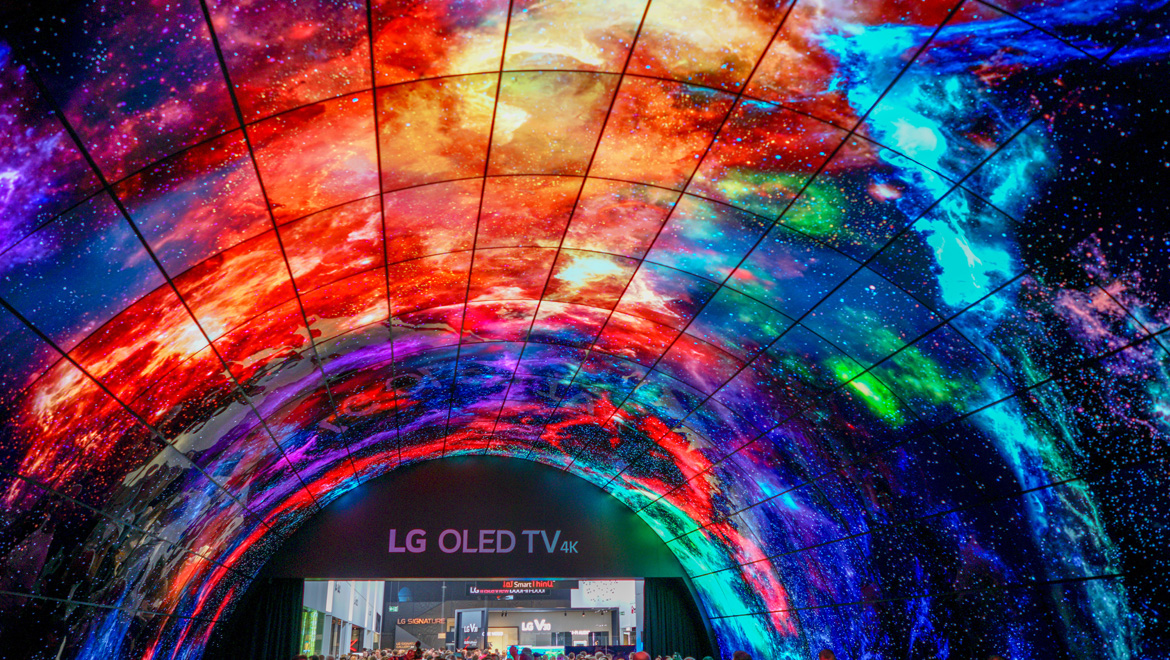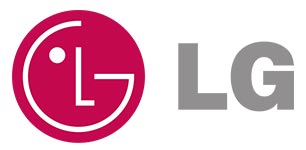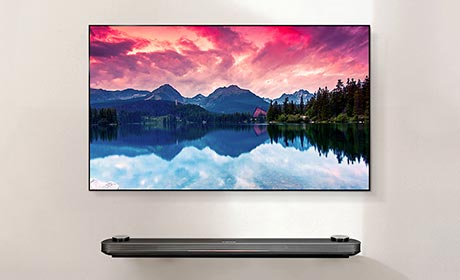PRESS AND NEWS CENTER
LG Executives Describe How New Developments in Technology Raise Consumer Expectations on Image Quality and Color Accuracy

Nano Cell and OLED Technology from LG integrated with Color Science from Technicolor Creates Unprecedented Premium Viewing Experience

LG Logo
- LG has launched a new range of premium TVs putting an emphasis on how they deliver much improved image quality.
- There is growing awareness among consumers that reproduced images can only approximate the intent of content creators, and a growing desire for that reproduction to be as accurate as possible.
- Technicolor and LG have formed a collaboration that enables LG to tap Technicolor’s knowledge and experience in content creation to improve its TV sets.
LG has launched new television sets for the high end of the consumer market, putting the emphasis firmly on their improved image quality.
 Nandhu Nandakumar, Senior Vice President of Technology Partnerships and Investments in the office of the LG CTO
Nandhu Nandakumar, Senior Vice President of Technology Partnerships and Investments in the office of the LG CTO
Nandhu Nandakumar, Senior Vice President of Technology Partnerships and Investments in the office of the LG CTO, and SP Baik, Director of TV Product Strategy at LG, explain the rationale for the move, some of the technologies enabling it and how Technicolor is collaborating with LG to support it.
Nandhu, there is a lot of very interesting news coming from LG about a new generation of television sets that have put a lot of emphasis on image quality. Why is image quality so important to the premium segment of the consumer market?
Nandhu: The premium segment is much more motivated to create in their home an experience that can faithfully reproduce the creative intent of the content producers, and picture quality is an essential element of that. Hence it is very important for LG, as a provider of these premium products, to emphasize picture quality.
 SP Baik, Director of TV Product Strategy at LG
SP Baik, Director of TV Product Strategy at LG
SP, from your perspective how does that demand manifest itself? How do you know customer demand is moving in the direction of better picture quality?
SP: In our surveys, the premium consumers who buy our OLED TVs say they do so because they are coming to understand that content, distribution and display are all connected. This is an opinion that appears to be spreading throughout the consumer market.
Does the role of picture quality change based on the type of content consumers are watching? For example, if they are looking at movies rather than sports, do the same rules of image quality apply? Is it important for the device to be sufficiently intelligent to adapt to different types of experiences?
Nandhu: I would say that devices have to be versatile enough to be able to adapt or tune itself to different types of content. There are specific elements of quality that one looks for. For example, in sports, you look for a lack of motion blur. You want to be able to track objects such as balls that are moving at high speed. In that respect you want the display to respond very quickly to changes in the scene.
When you are looking at more cinematic content where a lot of time has been spent in creating the right colors, the right shadow detail, you want the display to be able to replicate those elements. A good display should be versatile in its ability to replicate all those different elements.

LG TV
SP, as director of TV product strategy, what has LG done to enhance the image and color quality of its 2017 premium television sets?
SP: For our OLED TVs we have enhanced the brightness with a 20-25 percent increase in peak luminance from our 2016 models. We have also added a calibration feature to enable more faithful reproduction of colors.
For our LCD TVs we’ve developed a new Nano Cell technology that improves color accuracy, especially when the screen is being viewed from any angle. Also we use proprietary silicon and proprietary picture quality algorithms in our TVs and we are continuously improving those.
Nandhu, can you explain to me what Nano Cell technology is in the context of making better television sets?
Nandhu: Nano Cell technology consists of a filter layer that you apply to the outer layer of an LCD display. That filter layer comprises very evenly distributed organic nanoparticles that are one nanometer in size [one millionth of a millimeter].
These absorb the yellow colors, which are between the red and green parts of the spectrum. This allows better separation of the red, green and blue light that comes out of the LCD screen, providing more accurate color reproduction and a wider color gamut.
Technicolor and LG have recently expanded a collaboration that started in 2016. SP, can you tell me what the purpose of this relationship is?
SP: There are three components of the television viewing experience: content, distribution and display. For the best viewing experience each component of this pipeline -- and the interactions between them -- need to be optimized.
On the content side, Technicolor is one of the best. They understand what content creators want the viewer to see. On the viewing side OLED TV technology brings the TV viewing experience closer to the content creator’s ideal, and LG is a pioneer in OLED technology. By collaborating we can ensure that the interaction between content and display technologies works to produce the best possible viewing experience.
What can we expect to see from this relationship going forward? How will this value proposition manifest itself in the market?
Nandhu: We value the color science experience and capabilities of Technicolor: their knowledge of how high quality content is created. That knowledge will help us optimize the processing of images within our TVs by improving the architecture, improving the algorithms.
We expect this to lead to a significant improvement in the quality of the picture in terms of its accuracy, and its ability to reproduce the intent of content creators. LG will provide Technicolor with information on how our TVs operate. When they create content they will have a better idea of how it gets to be viewed by the consumer. So this is a two-way collaboration and these will be the major outcome of our joint efforts.